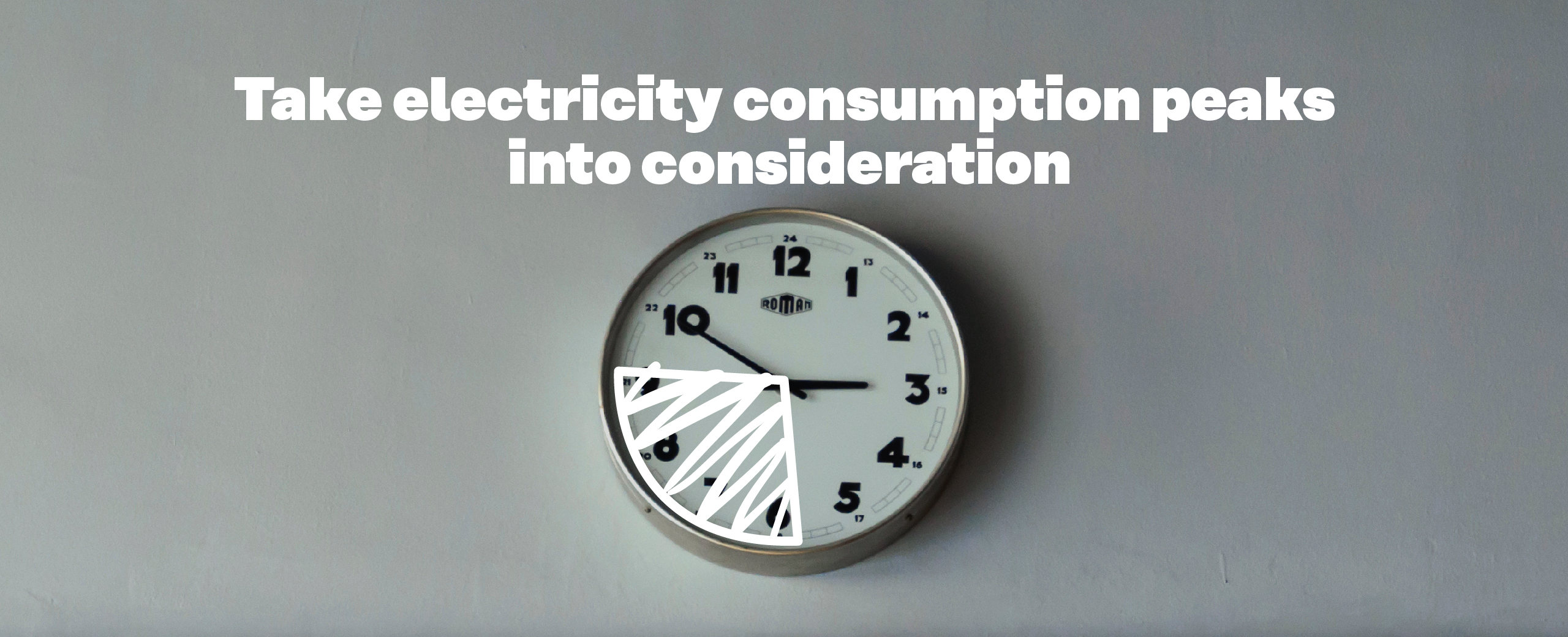Savings: If you live in a house and your electricity agreement is tied to the hourly electricity exchange price, this takes the lower price of electricity outside peak hours into consideration. You’ll be able to see significant savings in your electricity bill.
Remember this: Many daily tasks that consume electricity take place during electricity consumption peaks. However, you can still save with small activities, such as using your washing machines, oven and sauna at other times. For apartment dwellers with low electricity consumption, exchange electricity may not be the best choice.
Reducing your carbon footprint: The impact is small for a single person, but if a million Finns monitored and adjusted their electricity use it would save the equivalent of 2,000 carbon footprints per year.

















More tips to live sustainably